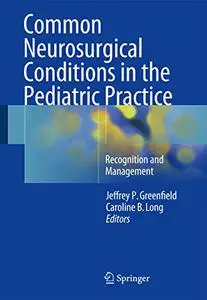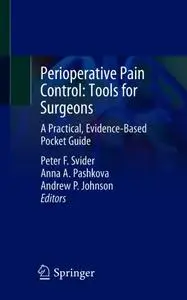Common Neurosurgical Conditions in the Pediatric Practice: Recognition and Management by Jeffrey P. Greenfield
English | PDF | 2017 | 430 Pages | ISBN : 1493938053 | 23.3 MB
This unique title is designed to illustrate and foster how a closer working relationship between pediatricians and subspecialists can make childhood medicine work more seamlessly. Despite the common lack of training for pediatricians in pediatric neurosurgery, they are challenged almost daily with caring for children with neurologic conditions. Common Neurological Conditions in the Pediatric Practice is replete with a wide range of instructional case vignettes and is organized into sections that loosely approximate the neurologic development of a child and address issues that are commonly encountered.



